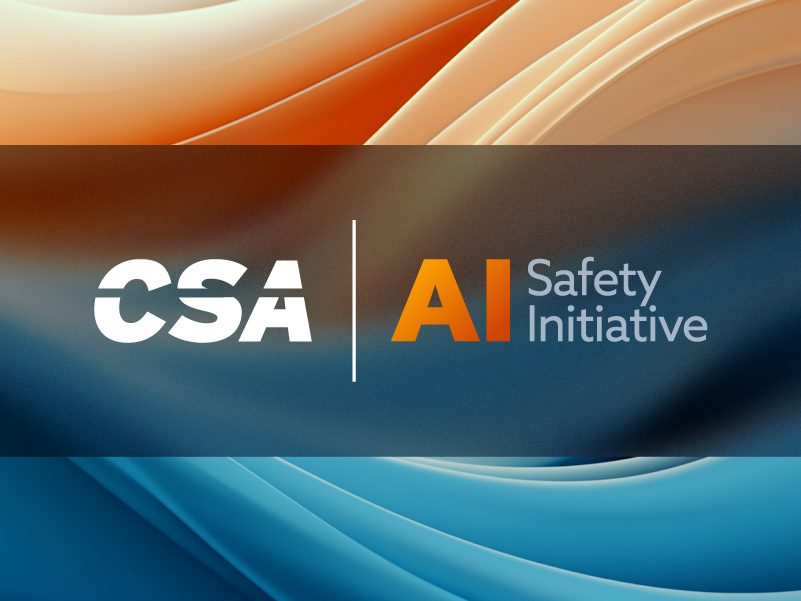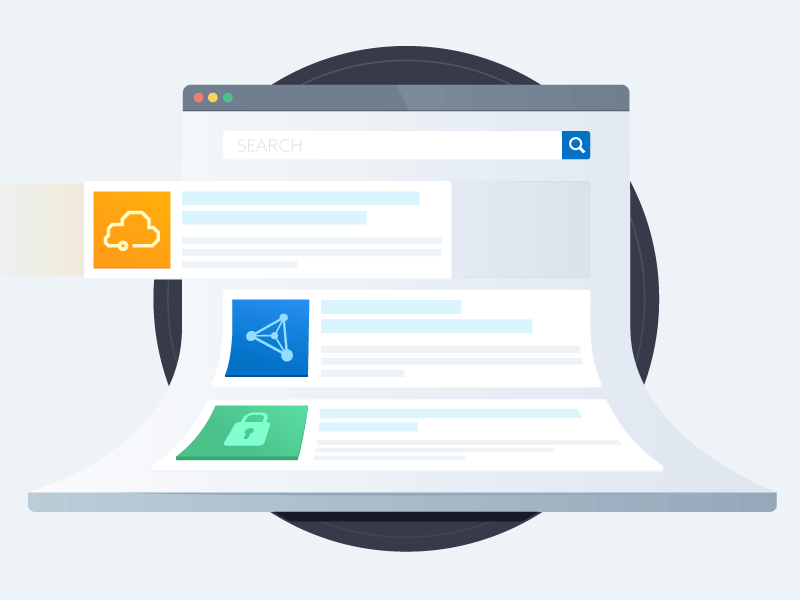Zero Trust is Not Enough: Evolving Cloud Security in 2025
Published 04/17/2025
The Gaps in Zero Trust Security
- AI-Augmented Attacks: Adversaries are using AI-driven automation for social engineering, deepfake-based phishing, and malware obfuscation, rendering static Zero Trust policies ineffective.
- Dynamic Cloud Workloads: Traditional Zero Trust assumes static perimeters, but serverless functions, ephemeral containers, and distributed microservices challenge its enforcement.
- Supply Chain Compromise: The increased reliance on SaaS, third-party APIs, and cloud vendors means attackers can infiltrate through trusted dependencies.
- Operational Overhead: Managing fine-grained access control across diverse cloud environments requires continuous policy updates, often straining security teams.
What is Next for Cloud Security?
1. AI-Driven Threat Detection & Response
Security teams will increasingly leverage AI-powered analytics to detect anomalous behavior, automate threat containment, and perform predictive risk analysis. AI-driven Security Operations Centers (SOC) will integrate machine learning models that continuously refine security baselines.
2. Decentralized Identity & Trust Models
To reduce reliance on centralized authentication authorities, organizations will shift to Decentralized Identity Management using blockchain-based identity proofs and self-sovereign identity (SSI) frameworks. This will minimize identity spoofing and session hijacking risks.
3. Extended Detection and Response (XDR) for Multi-Cloud
Traditional XDR solutions will expand to offer cloud-native security telemetry, unifying visibility across VMs, Kubernetes clusters, APIs, and edge environments. AI-powered XDR will accelerate incident response by correlating alerts across disparate security tools.
4. Confidential Computing for Data-in-Use Protection
Confidential computing will become a standard for securing sensitive workloads, ensuring encryption remains intact even during data processing. Secure enclaves and trusted execution environments (TEEs) will mitigate risks from insider threats and compromised hypervisors.
5. Adaptive Trust & Cyber Resilience
Zero Trust will evolve into Adaptive Trust, where access decisions are dynamically adjusted based on real-time risk indicators, contextual behavior analytics, and environmental changes. Security policies will continuously adapt to user behavior, location, and device posture.
Conclusion: Preparing for the Next Wave of Cloud Security
Security leaders must recognize that Zero Trust alone is not a silver bullet. The future lies in an AI augmented, decentralized, and adaptive approach to security, where automation, intelligence, and continuous validation work in tandem. Organizations that embrace these advancements will gain a significant edge in mitigating evolving cyber threats in 2025 and beyond.
Is your cloud security strategy ready for the next evolution? Assess your current approach and consider adopting these innovative measures to stay ahead of emerging threats.
About the Author
Sayali Paseband is an accomplished cybersecurity expert with a passion for safeguarding the digital landscape. She is currently an Advisor, Cyber Security Engineering at Verisk, previously a Security Consultant at Amazon Web Services, She has over 12 years of experience in cybersecurity and cloud space and has earned over 7 academic degrees in Cybersecurity including Masters in Cybersecurity Analytics, MBA in Information technology Management, Cybersecurity Professional degree from Harvard University, B.Tech, B.S etc, She is a published author, a youtuber, and has an exceptional ability to translate complex cybersecurity concepts into clear, actionable insights, making her a sought-after professional in the industry
Related Resources



Unlock Cloud Security Insights
Subscribe to our newsletter for the latest expert trends and updates
Related Articles:
Red Teaming Voice AI: Securing the Next Generation of Conversational Systems
Published: 11/20/2025



.jpeg)
.jpeg)

